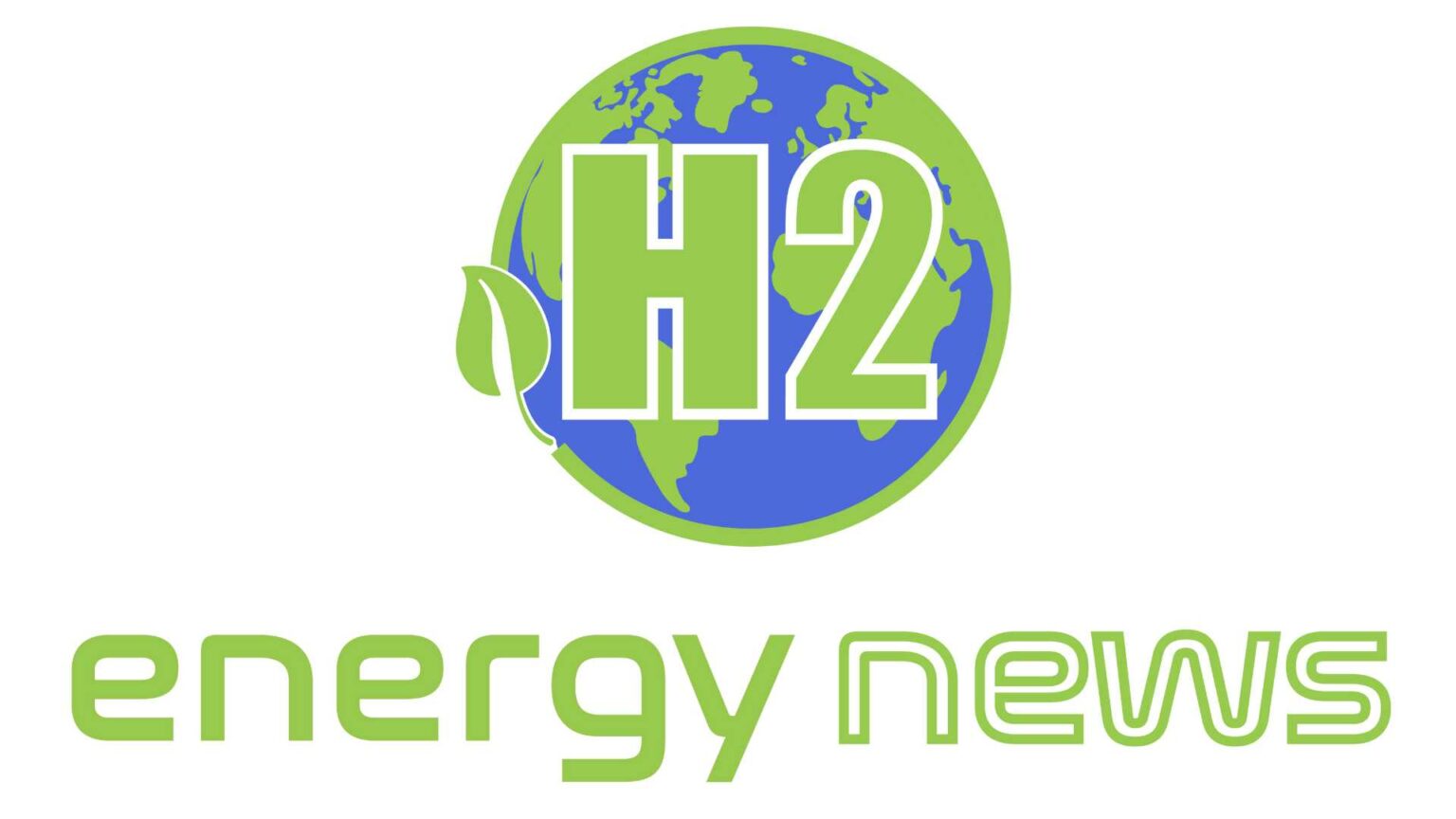Chemical engineers at EPFL have created a solar-powered artificial leaf that is supported by a new transparent, porous electrode that can collect atmospheric water and turn it into hydrogen fuel.
Researchers have long envisioned a gadget that can collect water from the atmosphere and produce hydrogen fuel while being totally driven by solar energy. Kevin Sivula, a chemical engineer at EPFL, and his group have already achieved a substantial advancement toward making this vision a reality. They have created a clever yet straightforward system that combines semiconductor-based technology with novel electrodes that have two crucial properties: they are porous to maximize contact with water in the air; and they are transparent to maximize exposure to sunlight for the semiconductor coating. Simply exposing the device to sunlight causes it to absorb airborne water and make hydrogen gas.
Inspired by plants
The EPFL engineers, working with Toyota Motor Europe, were inspired by how plants use carbon dioxide from the atmosphere to transform sunlight into chemical energy when conducting their research on sustainable fossil-free fuels. With the help of additional energy from sunshine, a plant can convert carbon dioxide and water from its surroundings into sugars and starches, a process known as photosynthesis. Sugars and starches contain chemical bonds that store the energy from the sun.
When coated with a light-harvesting semiconductor material, the transparent gas diffusion electrodes created by Sivula and his team do indeed operate like an artificial leaf, collecting water from the atmosphere and sunlight to form hydrogen gas. Hydrogen bonds are used to store the solar energy.
Their substrate is actually a 3-dimensional mesh of felted glass fibers, as opposed to conventional layers that are opaque to sunlight while creating electrodes.
Liquid-based devices
Using a device known as a photoelectrochemical (PEC) cell, Sivula and other research teams have already demonstrated that it is possible to accomplish artificial photosynthesis by creating hydrogen fuel from liquid water and sunlight. A PEC cell is typically thought of as a system that activates a photosensitive substance, such as a semiconductor, submerged in liquid solution to trigger a chemical reaction. However, there are several practical drawbacks to this method, such as the difficulty in producing liquid-based large-area PEC devices.
Sivula developed a new gas diffusion electrode to demonstrate how the PEC technology may be modified to extract humidity from the air instead. Although it has been demonstrated that electrochemical cells (such as fuel cells) may operate with gases rather than liquids, the gas diffusion electrodes employed in those earlier experiments are opaque and unsuitable for the solar-powered PEC technology.
Building gas-diffusion electrodes
The researchers start with a form of glass wool, which is essentially quartz (also known as silicon oxide) fibers and convert it into feeling wafers by fusing the fibers together at high temperature in order to create transparent gas diffusion electrodes. The wafer is then covered with a clear, thin layer of fluorine-doped tin oxide, a material renowned for its superior conductivity, durability, and scalability.
These initial procedures produce a translucent, porous, and conducting wafer, which is necessary for optimizing interaction with the airborne water molecules and allowing photons to pass through. The wafer is subsequently covered once more, this time with a thin sheet of semiconductor materials that absorb sunlight. The vast surface area of the porous substrate gives this second thin covering the appearance of being opaque while still allowing light to pass through. This covered wafer already has the ability to manufacture hydrogen fuel when exposed to sunlight as is.
The researchers then constructed a tiny chamber to house the covered wafer and a membrane to separate the hydrogen gas created for measurement. The scientists’ chamber produces hydrogen gas when exposed to sunshine and moisture, meeting their goal and demonstrating that the idea of a transparent gas- diffusion electrode for solar-powered hydrogen gas production is feasible.
Although the efficiency of the solar to hydrogen conversion in their demonstration was not explicitly studied, the scientists recognize that it is modest for this prototype and currently lower than what can be obtained in liquid-based PEC cells. The coated wafer’s highest theoretical solar-to-hydrogen conversion efficiency is 12% based on the materials utilized, compared to up to 19% for liquid cells.





